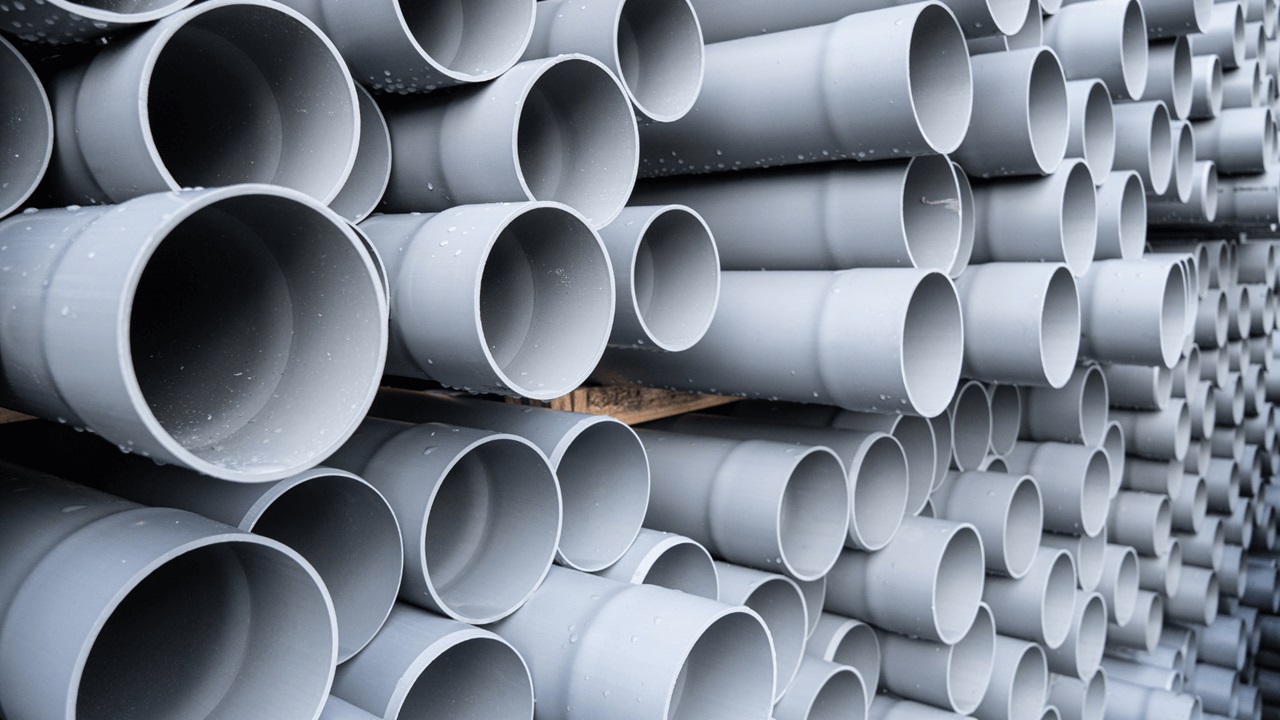ERW pipes are used in many fields because of their high strength, smoothness, and competitive price. ERW manufacturing process is friendly and the pipes fabricated are tough, smooth, and can be fitted in different industries. At Tuspipe, the ERW pipe-forming process follows a sequence of precise steps to ensure every pipe meets high standards. Here’s a closer look at each step in the ERW Pipe Full From Process, from selecting steel coils to the final inspection, showing how Tuspipe brings quality ERW pipes to life.
Selecting High-Quality Steel Coils
The ERW process starts with choosing steel coils, properly suited for the particular needs of every order of pipes. It is important to select the right type of steel if the required strength, endurance, and performance are to be met. In Tuspipe, great care is taken to see that the thickness of the steel coils is also correct to enable it to withstand the forming and subsequent welding processes. The grade and characteristics of steel also reflect the designated characteristics and suitability for applications such as fluid transport, structural support, or industrial systems.
Uncoiling and Straightening
Then depending on the choices made on the specific steel coils to be used, the steel coils are uncoiled and then leveled. This step gets the steel ready for forming and also eliminates any irregularities in the metal that are sure to cause problems in the formation of the pipes. The straightened steel moves along a conveyor to the next phase in the ERW process.
Forming the Pipe Shape
Once the steel is straightened, it goes through a series of rollers that gradually bend it into a round shape. This step, known as forming, is precise, with each roller carefully calibrated to create a seamless shape. As the steel progresses through these rollers, it begins to take on the familiar tube form. Proper forming is key to ensuring the final pipe has uniform dimensions and thickness.
Electric Resistance Welding (ERW)
At this stage, the pipe edges are brought together and welded using electric resistance welding. The ERW process heats the edges of the steel without adding any filler material, creating a clean, strong weld seam. Very intense heat causes the edge weld of steel to melt tightly and form a seam continuous along the length of a pipe. The union that results is uniform and sound; as strong and firm in the joint as elsewhere within the pipe.
Trimming and Smoothing the Welded Seam
Following welding, all the extra material or sharp edges around the welded seam are removed. This process helps to give a smooth, neat seam and prevents projecting ridges on pipe surfaces that can be dangerous when piping is exposed. It also avoids the creation of any points of weakness along the seam, which could be disastrous to the pipe’s structural strength.
Sizing and Shaping
Once the seam is trimmed, the pipe moves to a sizing section, where it passes through more rollers to achieve the precise diameter required by specifications. This final shaping step ensures that each ERW pipe from Tuspipe has a uniform diameter and meets the exact tolerances specified by the customer. Ensuring consistent size and shape is critical for applications that require multiple pipes to be fitted together, such as in pipelines, construction frameworks, and industrial machinery.
Cooling and Cutting to Length
After the pipe is sized it passes through a cooling zone where it is gradually cooled to a more stable temperature to set its shape and hardness. After cooling the pipe is then cut to the required length, and each pipe segment is measured to be of equal length. Appropriate cooling of the pipe is necessary for the mechanical properties of the pipe and the stresses applied inside the pipe do not interfere with the manipulability of the pipe.
Final Quality Inspection and Packaging
The final one is quality inspection which involves physical examination of each pipe, including measurement, to ascertain that the pipe has met the required specifications. They are then packed firmly and wrapped in a way that in case they are transported to another place they will not be destroyed. The packaging is also dependent on the type of pipe and the shipping needs so that every pipe is delivered in the best condition.
Conclusion
The general process of Tuspipe’s ERW process aims at manufacturing pipes that suit global industries. The company emphasizes the selection of quality steel in ERW pipes right from raw steel to final inspection at each stage. ERW pipe is one of the versatile pipes, used across sectors for strength, reliability, and at a very decent price. The high-quality work of Tuspipe guarantees that every ERW pipe will meet the necessary strength and reliability required for structures, industries, and advancements.

